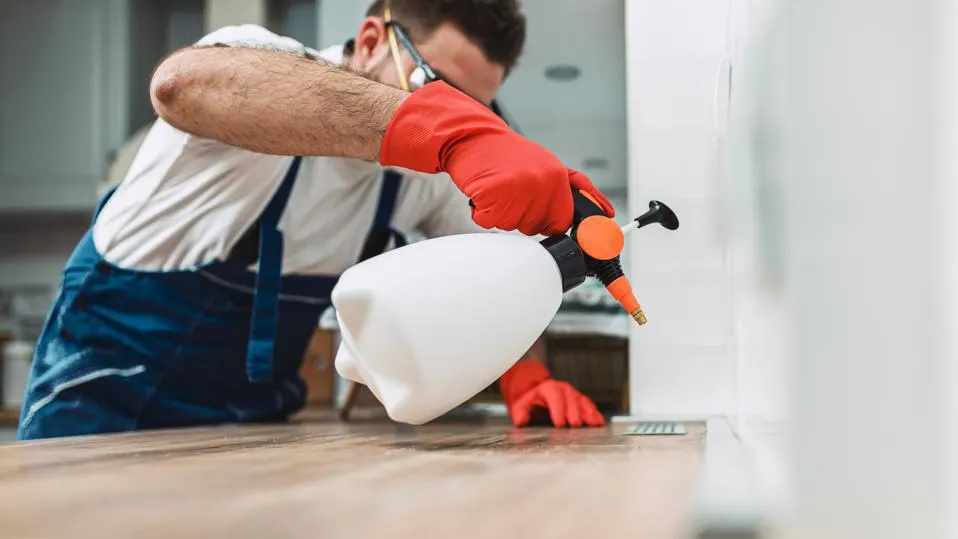Implementing Safe Pest Control Methods in Urban Areas

Pest control is a crucial aspect of maintaining a safe and healthy environment, especially in urban areas where the population density is high. However, traditional pest control methods that involve the use of harmful chemicals and pesticides can have negative effects on both human health and the environment. Therefore, it is important to implement safe pest control methods in urban areas to protect both inhabitants and the ecosystem.
One of the main challenges faced in urban pest control is dealing with pests without causing harm to humans or their surroundings. A common misconception about pests is that they are synonymous with diseases and must be eradicated at all costs. However, not all pests are harmful; some even play vital roles in maintaining a balanced ecosystem. Therefore, using harsh chemicals to eliminate them can lead to detrimental consequences.
In recent years, there has been an increasing focus on implementing integrated pest management (IPM) techniques in urban areas. IPM involves utilizing eco-friendly measures such as biological controls, physical barriers and sanitation practices rather than solely relying on pesticides for pest control. One effective approach under IPM involves identifying what attracts pests and addressing those factors instead of merely eradicating them.
A fundamental step towards implementing safe https://www.oneflare.com.au/b/safe-pest-control pest control methods in urban areas must involve creating awareness among city dwellers about these techniques’ effectiveness. Many people automatically reach for chemical sprays when faced with a pest infestation without considering potential health risks or environmental damage associated with these products.
Educational campaigns should aim to inform individuals about alternative methods that are equally if not more effective than pesticides while being safer for humans and the environment. For instance, sealing cracks around doors and windows can prevent rodents from entering homes rather than resorting to rodent poison which poses dangers not just for rats but also their predators such as birds of prey.
Additionally, engaging professional pest controllers who prioritize integrating non-toxic strategies into their services can contribute significantly towards promoting safer approaches in cities where residents often rely heavily on outsourcing these tasks. While traditional pest control companies may resist adopting new methods due to the higher profit margins associated with using pesticides, consumer demand for sustainable practices can encourage a change in attitude.
Another crucial aspect of implementing safe pest control methods is continuous research and innovation in this field. With advancements in technology and growing concerns about our ecological footprint, many companies are now investing in developing eco-friendly pest control products and techniques.
In conclusion, while pests pose numerous challenges when it comes to maintaining a healthy living space, it is vital to consider the potential harm caused by traditional pest control methods. For cities to become truly sustainable, efforts must be made towards implementing safe pest control techniques that prioritize human health and environmental sustainability. By utilizing IPM strategies, raising awareness among individuals and investing in research and development, we can effectively tackle urban pests without compromising on our well-being or planet Earth’s health.



